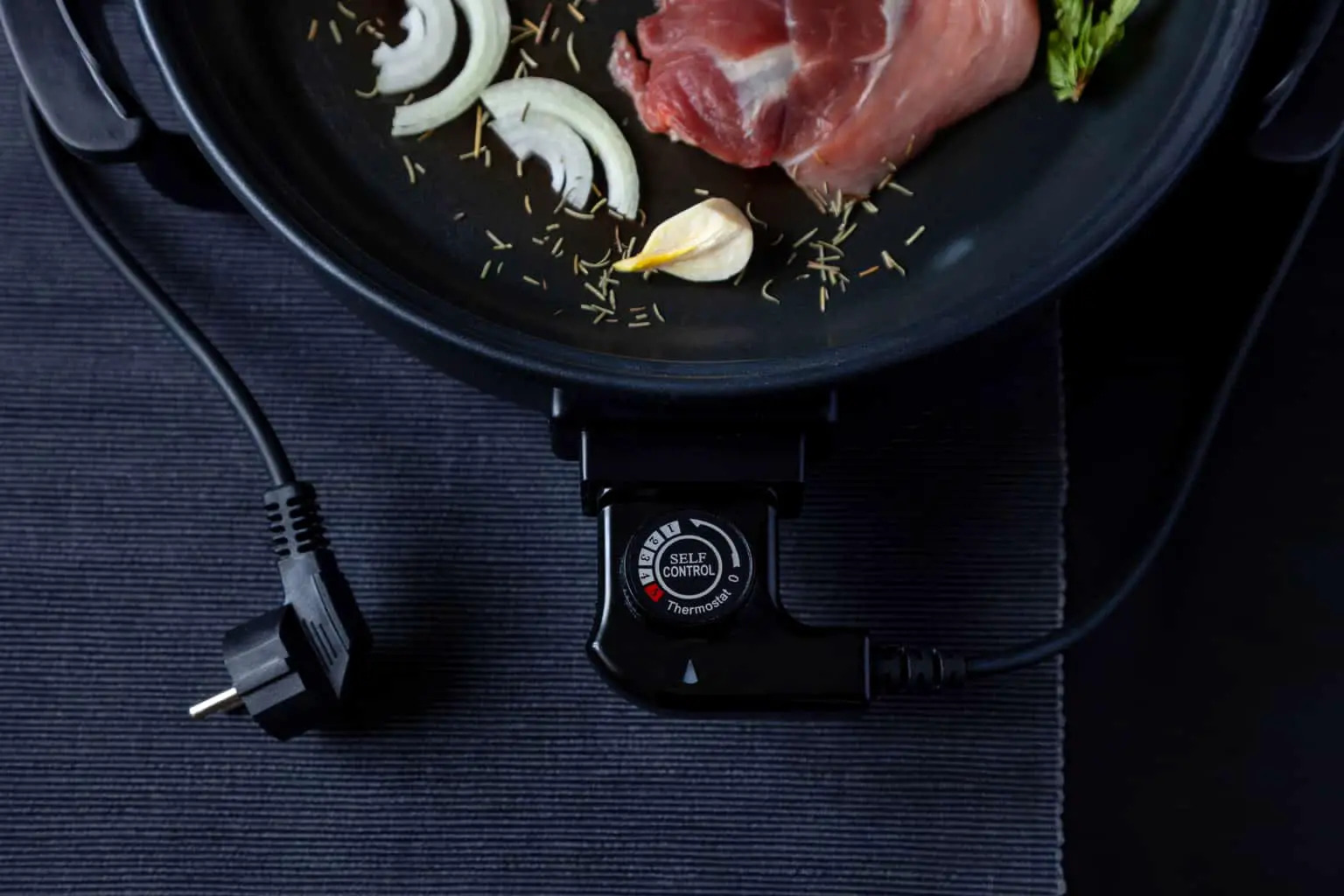

Articles
How Many Watts Does An Electric Skillet Use
Modified: May 6, 2024
Discover how many watts an electric skillet uses in this informative article. Find out the energy consumption of electric skillets and make an informed buying decision.
(Many of the links in this article redirect to a specific reviewed product. Your purchase of these products through affiliate links helps to generate commission for Storables.com, at no extra cost. Learn more)
Introduction
Welcome to our guide on understanding the power consumption of electric skillets. If you’re in the market for a new electric skillet or simply curious about how much electricity they use, you’ve come to the right place. While electric skillets are a convenient and versatile kitchen appliance, it’s important to consider their wattage to ensure optimal performance and energy efficiency.
Electric skillets have gained popularity in recent years for their ability to cook a variety of dishes with ease. From frying and sautéing to baking and simmering, these appliances offer a quick and convenient alternative to traditional stovetop cooking. However, like all electric appliances, the amount of power they consume can vary based on several factors.
In this guide, we will explore how electric skillets work, factors that can affect their power consumption, and provide insights into choosing the right wattage for your needs. Additionally, we will offer tips on how to maximize energy efficiency when using your electric skillet, helping you save both money and the environment in the process.
So, whether you’re a seasoned electric skillet user or a newcomer to this appliance, let’s dive in and discover the fascinating world of electric skillet power consumption.
Key Takeaways:
- Electric skillets typically range from 800 to 1500 watts, with larger skillets having higher wattages. Choosing the right wattage based on your cooking needs ensures optimal performance and energy efficiency.
- To maximize energy efficiency, utilize proper preheating, choose the right cookware size, optimize temperature settings, and utilize the skillet’s lid. Following these tips allows for efficient cooking and reduced energy consumption.
Understanding Electric Skillets
Electric skillets, also known as electric frying pans or electric griddles, are versatile cooking appliances that can be used to prepare a wide range of dishes. These skillets are designed to provide even heat distribution and precise temperature control, making them ideal for various cooking methods.
Unlike traditional stovetop skillets, electric skillets are standalone appliances that can be plugged into an electrical outlet. They feature a heating element embedded in the cooking surface, which allows for consistent heating across the entire cooking area.
Electric skillets come in various sizes and shapes, from square and rectangular to round and oval. The cooking surface is typically made of non-stick material, which makes it easy to clean and reduces the need for excess oil or butter when cooking.
One of the main advantages of electric skillets is their portability. They can be used in any kitchen space with an electrical outlet, eliminating the need for a stovetop. This makes them ideal for camping trips, dorm rooms, or small apartments where a full-sized stove may not be available.
Electric skillets often come with a range of temperature settings, allowing you to easily adjust the heat for different cooking techniques. Some models even feature programmable settings and digital controls for more precise cooking.
In addition to the convenience and versatility they offer, electric skillets are also known for their energy efficiency. By using direct heat and evenly distributing it across the entire cooking surface, these skillets can often cook food more quickly than traditional stovetops, therefore reducing cooking time and energy consumption.
Now that we have a basic understanding of electric skillets, let’s take a closer look at how they work and the factors that can affect their power consumption.
How an Electric Skillet Works
Electric skillets are designed to provide efficient and precise cooking through the use of a built-in heating element. The heating element is usually made of a coiled metal or an electric heating disc, which is positioned beneath the cooking surface of the skillet.
When you turn on the electric skillet and set the desired temperature, an electrical current is sent to the heating element. This current generates heat, which is then transferred to the cooking surface, creating a consistent and even heat distribution.
Most electric skillets come with a thermostat to regulate the temperature. The thermostat works by constantly monitoring the temperature of the cooking surface and adjusting the power of the heating element accordingly. This ensures that the skillet maintains a steady heat and prevents overheating or underheating of the food.
The non-stick cooking surface of the skillet allows for easy food release and prevents ingredients from sticking and burning. It also ensures that the heat is evenly distributed across the entire cooking surface, minimizing the chances of hot spots and uneven cooking.
Some electric skillets also come with a lid, which helps to trap heat and moisture, allowing for faster and more efficient cooking. The lid also helps to retain the flavors and nutrients of the food, resulting in delicious and healthier meals.
Overall, the design and functionality of an electric skillet make it a convenient and efficient cooking appliance. It eliminates the need for a traditional stovetop, provides precise temperature control, and ensures even heat distribution for consistent results.
Now that we understand how an electric skillet works, let’s explore the factors that can affect its power consumption.
Factors Affecting Electric Skillet Power Consumption
Electric skillets, like any other electrical appliance, consume varying amounts of power based on several factors. Understanding these factors can help you make informed decisions when it comes to choosing the right electric skillet and optimizing its power consumption.
1. Size and Wattage: The size and wattage of an electric skillet play a significant role in its power consumption. Generally, larger skillets with higher wattages will consume more electricity. However, keep in mind that larger skillets can accommodate larger quantities of food, reducing the cooking time and overall energy usage.
2. Temperature Setting: The temperature at which you set your electric skillet will determine the amount of heat it produces and, consequently, how much power it consumes. Higher temperature settings require more energy to achieve and maintain the desired heat. Adjusting the temperature based on the cooking requirements can help optimize the power consumption.
3. Cooking Time: The longer you use the electric skillet, the more power it will consume. If you’re cooking food that requires a lengthy cooking time, such as slow-cooked stews or braises, it’s essential to consider the energy usage. Planning your cooking schedule accordingly and using energy-efficient cooking methods can help minimize power consumption.
4. Cookware Material: The type of cookware you use in your electric skillet can also affect its power consumption. High-quality cookware with good heat conductivity can distribute heat more efficiently, reducing the cooking time and, in turn, power usage. Additionally, using cookware with flat bottoms that closely matches the size of the skillet can help optimize heat transfer.
5. Insulation and Heat Retention: Electric skillets with better insulation and heat retention properties can minimize heat loss and reduce the need for additional energy to maintain the desired temperature. Skillets with well-fitted lids and thick, insulated walls help trap heat inside, allowing for more energy-efficient cooking.
By considering these factors and making conscious choices, you can effectively manage the power consumption of your electric skillet. However, keep in mind that power consumption may also vary based on the specific model and brand of the skillet.
Now that we know the factors that influence electric skillet power consumption, let’s explore the average wattage of these appliances.
Average Wattage of Electric Skillets
The wattage of an electric skillet refers to the amount of power it consumes to operate. The average wattage can vary depending on the size, brand, and specific model of the skillet. Understanding the average wattage can give you an idea of how much electricity an electric skillet typically uses.
Most electric skillets range in wattage from 800 watts to 1500 watts. Smaller skillets or those designed for lighter cooking tasks tend to have lower wattages, while larger skillets or those with more advanced features may have higher wattages. However, it’s important to note that wattage alone does not determine the efficiency or performance of a skillet.
On average, a typical electric skillet with a size of around 12 inches and basic features consumes around 1000-1200 watts. This wattage is sufficient for most cooking tasks such as frying, sautéing, and simmering. Skillets with higher wattages in the range of 1300-1500 watts are often better suited for more intensive cooking techniques and larger quantities of food.
It’s worth mentioning that the wattage of an electric skillet doesn’t necessarily correlate with its cooking efficiency. Factors such as insulation, heat distribution, and temperature control mechanisms can also affect how efficiently the skillet uses the power it consumes.
To determine the wattage of a specific electric skillet, you can refer to the product specifications provided by the manufacturer. This information is usually available on the packaging or in the product manual. If you’re shopping online, the wattage details are typically listed in the product description or specifications section.
It’s important to consider your own cooking needs and preferences when selecting an electric skillet based on wattage. If you frequently prepare large meals or cook at higher temperatures, opting for a higher-wattage skillet may be more suitable. Conversely, if you mainly use the electric skillet for light cooking tasks, a lower-wattage model may suffice.
Keep in mind that higher wattage skillets may consume more electricity, which can impact your energy bill. However, investing in an electric skillet with a wattage that aligns with your cooking needs can ensure efficient performance and satisfactory cooking results.
Now that we have an understanding of the average wattage of electric skillets, let’s explore the energy efficiency aspect of these appliances.
When using an electric skillet, the wattage can vary depending on the size and model. On average, electric skillets typically use between 1000 to 1500 watts. Be sure to check the specific wattage of your skillet to ensure proper usage.
Read more: How Many Watts Does An Electric Cooktop Use
Energy Efficiency of Electric Skillets
Energy efficiency is an important consideration when it comes to any electrical appliance, including electric skillets. Fortunately, electric skillets are generally considered to be energy-efficient cooking options compared to traditional stovetop methods.
One of the reasons electric skillets are energy-efficient is their ability to provide even heat distribution across the entire cooking surface. This eliminates the need for using additional burners on a stovetop and ensures that heat is utilized efficiently. Additionally, electric skillets often have insulation features such as well-fitted lids and insulated walls, which help to retain heat and reduce energy waste.
Another factor contributing to the energy efficiency of electric skillets is the non-stick cooking surface. The non-stick coating reduces the need for excessive oil or butter, allowing for healthier cooking and reducing energy expenditure. It also prevents food from sticking to the surface, reducing the risk of burning and wasted energy.
Compared to conventional ovens and stovetops, electric skillets also have the advantage of quicker heat-up and cooking times. The direct heat transfer from the built-in heating element to the cooking surface allows for faster temperature adjustments and more efficient cooking. This can translate to energy savings, especially for dishes that require shorter cooking durations.
Additionally, electric skillets offer precise temperature control, allowing you to set and maintain specific temperature levels throughout the cooking process. This eliminates the need for constantly monitoring the heat and making manual adjustments, further optimizing energy usage.
While electric skillets are generally energy-efficient, there are still steps you can take to maximize their efficiency:
1. Use the appropriate size skillet for your cooking needs. Using a skillet that is too large for the amount of food being cooked can result in unnecessary energy consumption.
2. Preheat the skillet only when necessary. For some dishes, preheating may be required, but for others, you can turn on the skillet only when you’re ready to start cooking to save energy.
3. Optimize the heat settings. Adjust the temperature to the lowest setting that will still achieve the desired cooking result. This prevents unnecessary energy consumption and helps to retain the food’s flavor and nutrients.
4. Utilize the skillet’s lid. Using the lid while cooking helps to retain heat, reduce cooking time, and minimize energy loss.
By following these tips and being mindful of your energy usage, you can make the most of the energy efficiency offered by electric skillets.
Now that we’ve explored the energy efficiency aspect, let’s move on to choosing the right wattage for your electric skillet.
Choosing the Right Wattage for Your Electric Skillet
When it comes to choosing the right wattage for your electric skillet, it’s important to consider your cooking needs and preferences. Selecting the appropriate wattage ensures that your skillet performs optimally while minimizing unnecessary energy consumption.
Here are some factors to consider when choosing the wattage for your electric skillet:
1. Cooking Quantity: If you frequently cook larger quantities of food or entertain guests, a higher wattage skillet may be more suitable. Higher wattage skillets can accommodate larger volumes of food and maintain consistent heat, ensuring efficient cooking.
2. Cooking Techniques: Different cooking techniques may require different amounts of heat and power. If you plan to use your electric skillet for high-heat cooking methods like searing or stir-frying, a higher wattage skillet can provide the necessary heat for better results. However, for lighter cooking tasks like simmering or sautéing, a lower wattage skillet may suffice.
3. Kitchen Setup: Consider the electrical capacity of your kitchen and the availability of electrical outlets. Higher wattage skillets generally require more power, so ensure that your kitchen’s electrical circuit can safely support the skillet’s wattage without causing any electrical issues.
4. Energy Consumption: If energy efficiency is a priority for you, choosing a lower wattage electric skillet can help reduce power consumption. However, keep in mind that a lower wattage skillet may take longer to heat up and cook food. Balancing energy efficiency with your cooking requirements is crucial in making the best choice.
5. Budget Considerations: Higher wattage skillets with advanced features may come at a higher price point. Consider your budget and weigh the cost against the benefits you expect from the higher wattage skillet. If you have specific cooking needs that require a higher wattage, it may be worth the investment.
Ultimately, the right wattage for your electric skillet will largely depend on your individual needs and cooking habits. It’s advisable to read product specifications, customer reviews, and seek expert advice if you’re unsure about which wattage will work best for you.
Remember, wattage is just one aspect to consider. Pay attention to other features that enhance the skillet’s performance, such as temperature control, heat distribution, and energy-saving options. These factors can significantly impact the overall efficiency and cooking experience with your electric skillet.
By selecting the appropriate wattage for your electric skillet, you can enjoy efficient cooking while minimizing unnecessary energy consumption. Now, let’s move on to some tips for using your electric skillet efficiently.
Tips for Using Your Electric Skillet Efficiently
To make the most of your electric skillet and maximize its efficiency, here are some tips to follow:
1. Follow Proper Preheating: Allow your electric skillet to preheat for a few minutes before adding ingredients. Preheating helps the skillet reach the desired temperature faster, reducing cooking time and energy consumption.
2. Use the Right Size Cookware: Choose cookware that fits the size of your electric skillet’s cooking surface. Using oversized cookware can result in inefficient heat distribution and energy waste. Additionally, opt for cookware with flat bottoms to ensure proper contact with the heating element.
3. Optimize Temperature Settings: Adjust the temperature settings based on your cooking needs. Start with a higher setting to achieve the desired temperature and then reduce it to maintain a consistent heat. Avoid unnecessarily high heat settings that can lead to excessive energy consumption.
4. Utilize the Lid: Whenever possible, use the lid provided with your electric skillet. The lid helps to trap heat and moisture, reducing cooking time and conserving energy. It also helps to retain flavors and nutrients in the food.
5. Cut Ingredients Uniformly: By cutting ingredients into similar sizes, you ensure even cooking and reduce the cooking time. This allows the skillet to operate more efficiently and consume less energy.
6. Avoid Overcrowding: Overcrowding the cooking surface can hinder heat circulation, leading to uneven cooking and increased cooking time. Cook in batches when necessary or use a larger electric skillet to accommodate larger quantities of food.
7. Monitor and Adjust Throughout Cooking: Keep an eye on the cooking progress and adjust the temperature as needed. Lower the heat when food is nearly cooked to conserve energy without compromising the final result.
8. Clean the Skillet Regularly: A clean electric skillet heats up and performs more efficiently. Remove any food debris or residue after each use to maintain optimal heat transfer and prevent the buildup of grime that can disrupt heat distribution.
9. Store Properly: Store your electric skillet in a safe and dry place, protecting it from potential damage. Make sure the power cord is properly wrapped and not tangled to avoid any electrical issues.
By implementing these tips, you can use your electric skillet more efficiently, reducing energy consumption and improving your overall cooking experience.
Now that we’ve covered these tips, let’s wrap up our guide on electric skillet power consumption.
Conclusion
Electric skillets are versatile and convenient kitchen appliances that offer a range of cooking options. Understanding the power consumption of these skillets can help you make informed decisions and optimize their efficiency.
We explored the factors that can affect electric skillet power consumption, including size and wattage, temperature settings, cooking time, cookware material, and insulation. By considering these factors, you can choose the right wattage and maximize energy efficiency.
The average wattage of electric skillets ranges from 800 watts to 1500 watts, with larger skillets typically having higher wattages. It’s important to match the skillet’s wattage to your specific cooking needs and preferences to ensure optimal performance.
Electric skillets are generally considered to be energy-efficient due to their even heat distribution, insulation features, and quick heat-up times. Utilizing proper preheating, using the correct cookware size, optimizing temperature settings, and utilizing the skillet’s lid are all ways to further enhance energy efficiency.
Remember to follow proper cooking techniques, such as cutting ingredients uniformly and avoiding overcrowding, to allow the electric skillet to operate efficiently and reduce cooking time.
By practicing these tips and being mindful of your energy usage, you can make the most of your electric skillet and enjoy delicious meals while minimizing unnecessary energy consumption.
Thank you for joining us in exploring the power consumption of electric skillets. We hope this guide has provided valuable insights and information, allowing you to make informed decisions and use your electric skillet efficiently.
Now that you're savvy about electric skillets and their wattage, why not broaden your culinary horizons with other electric cooking tools? For instance, if you've wondered about making perfect carrots quickly, our guide on preparing carrots using an electric pressure cooker will surely pique your interest. It's packed with handy tips to ensure your veggies turn out just right, enhancing your cooking experience without the hassle of traditional methods.
Frequently Asked Questions about How Many Watts Does An Electric Skillet Use
Was this page helpful?
At Storables.com, we guarantee accurate and reliable information. Our content, validated by Expert Board Contributors, is crafted following stringent Editorial Policies. We're committed to providing you with well-researched, expert-backed insights for all your informational needs.
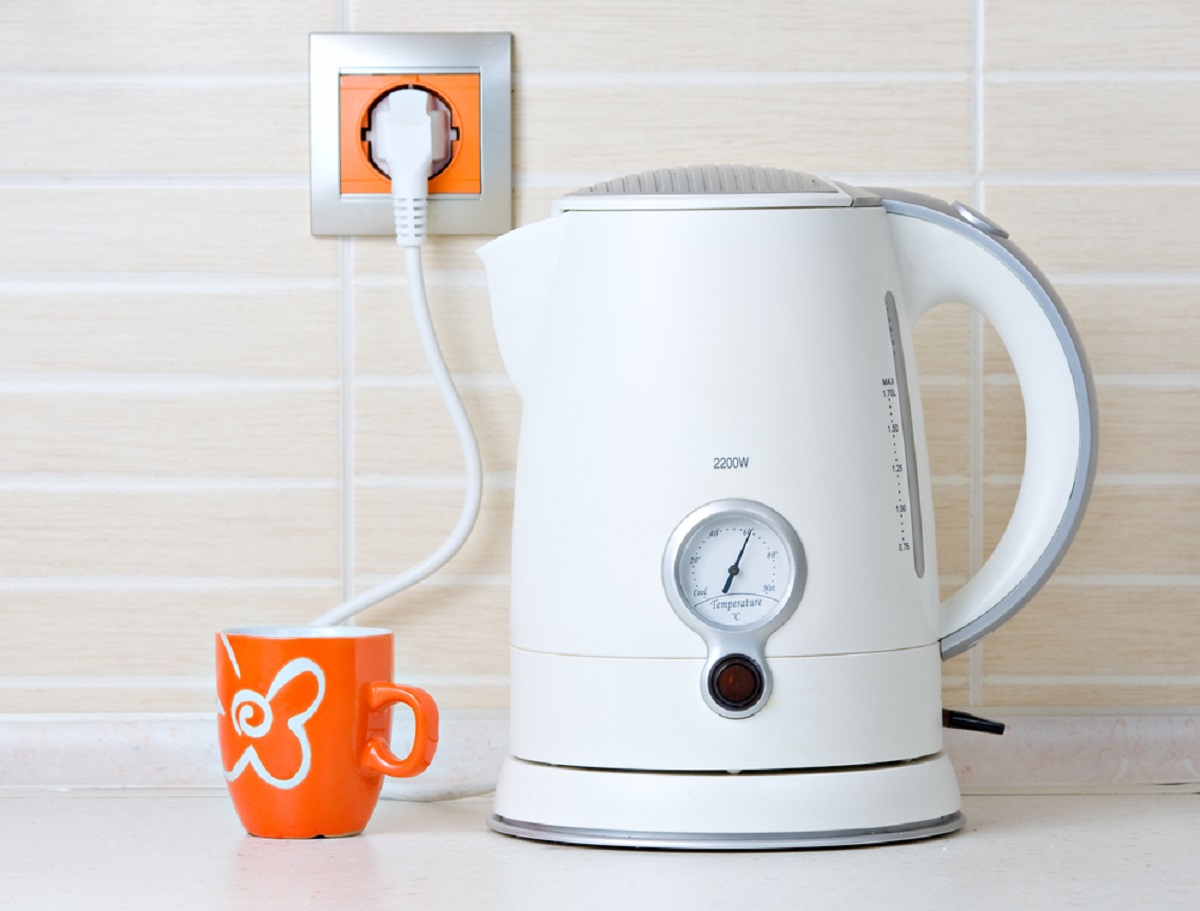
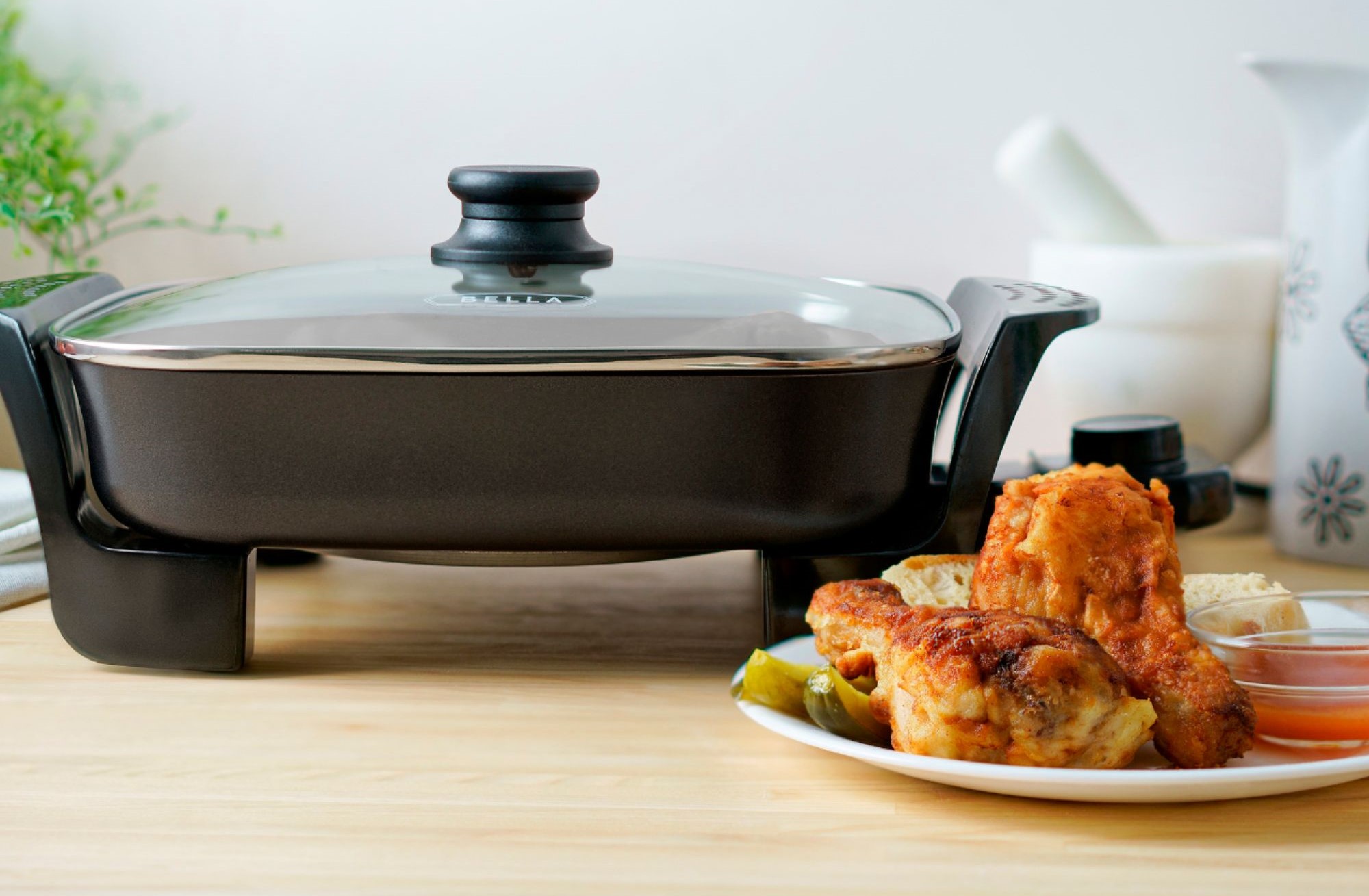
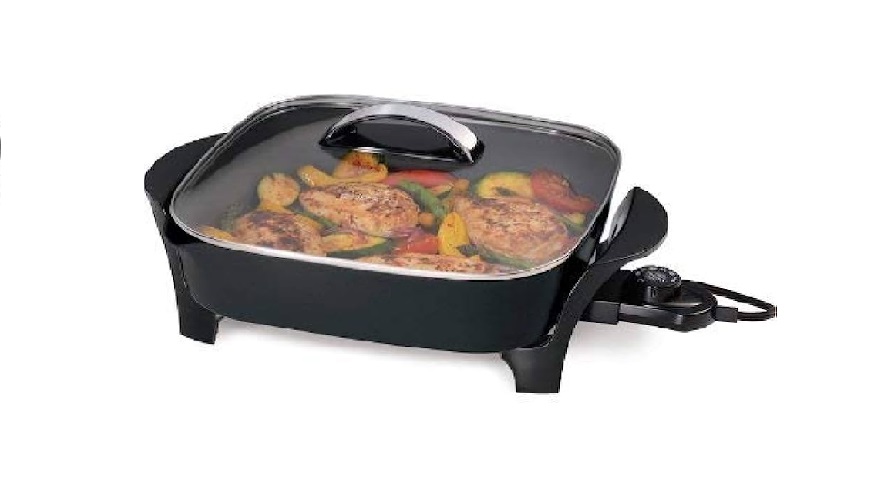
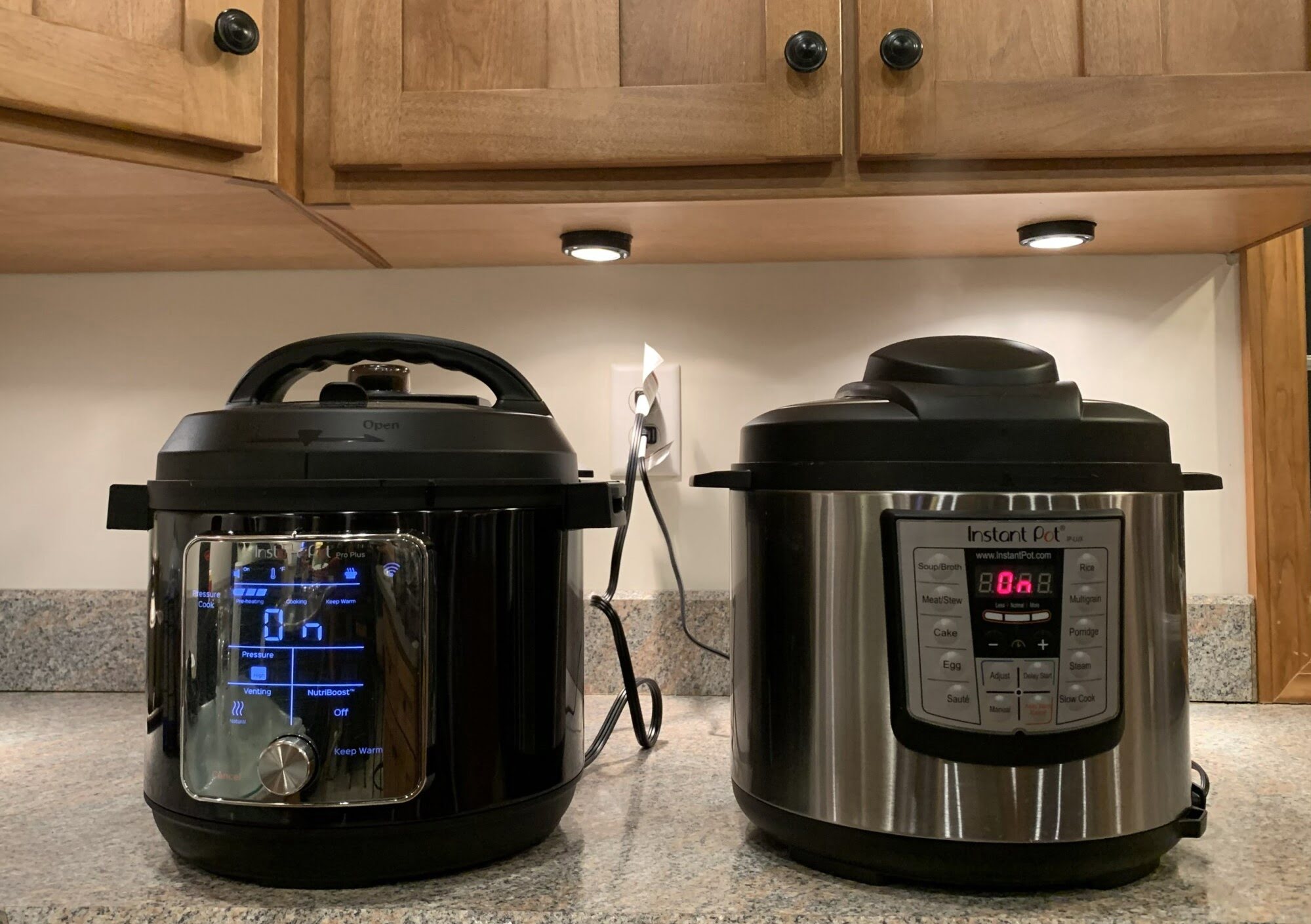
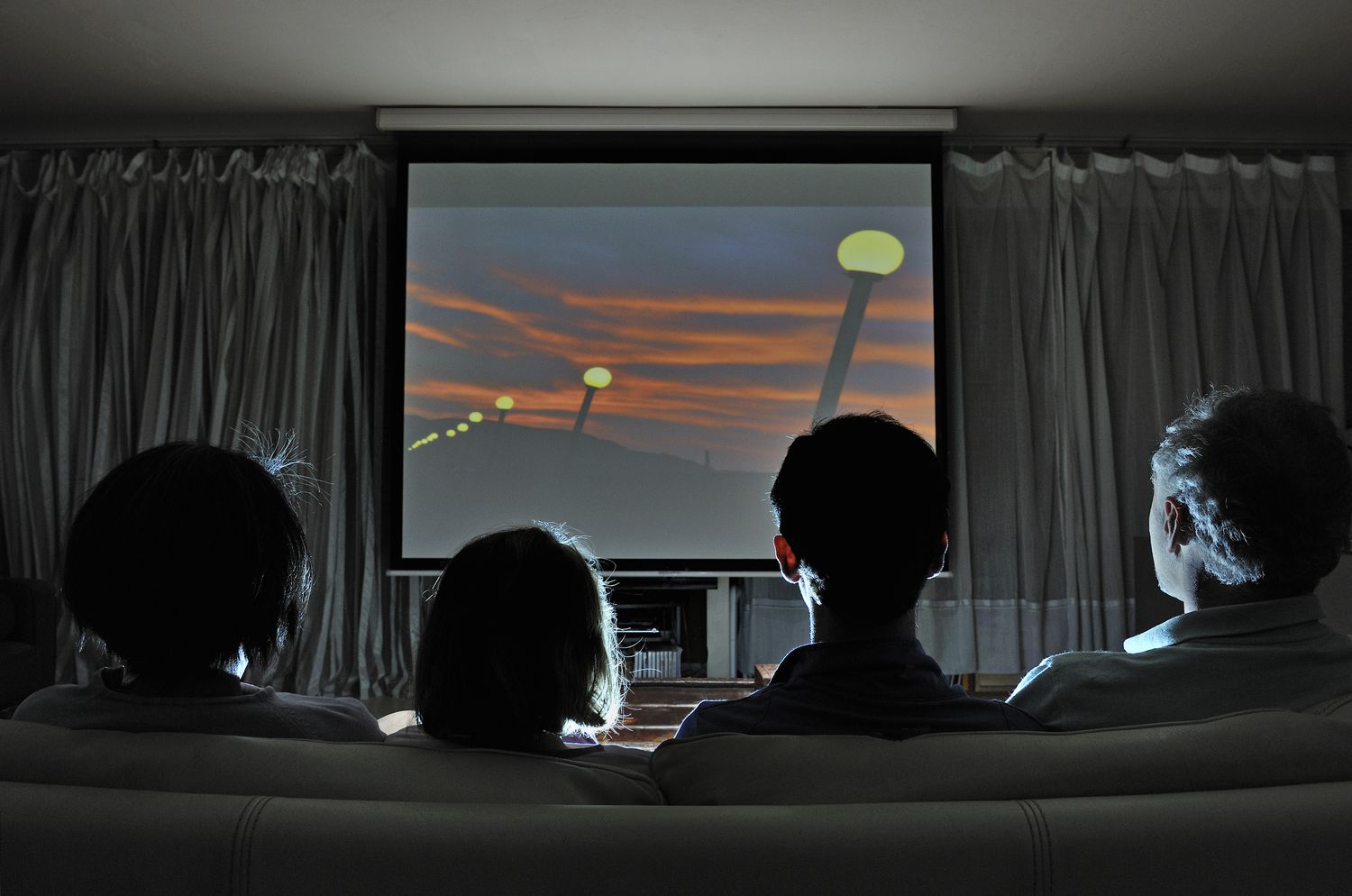
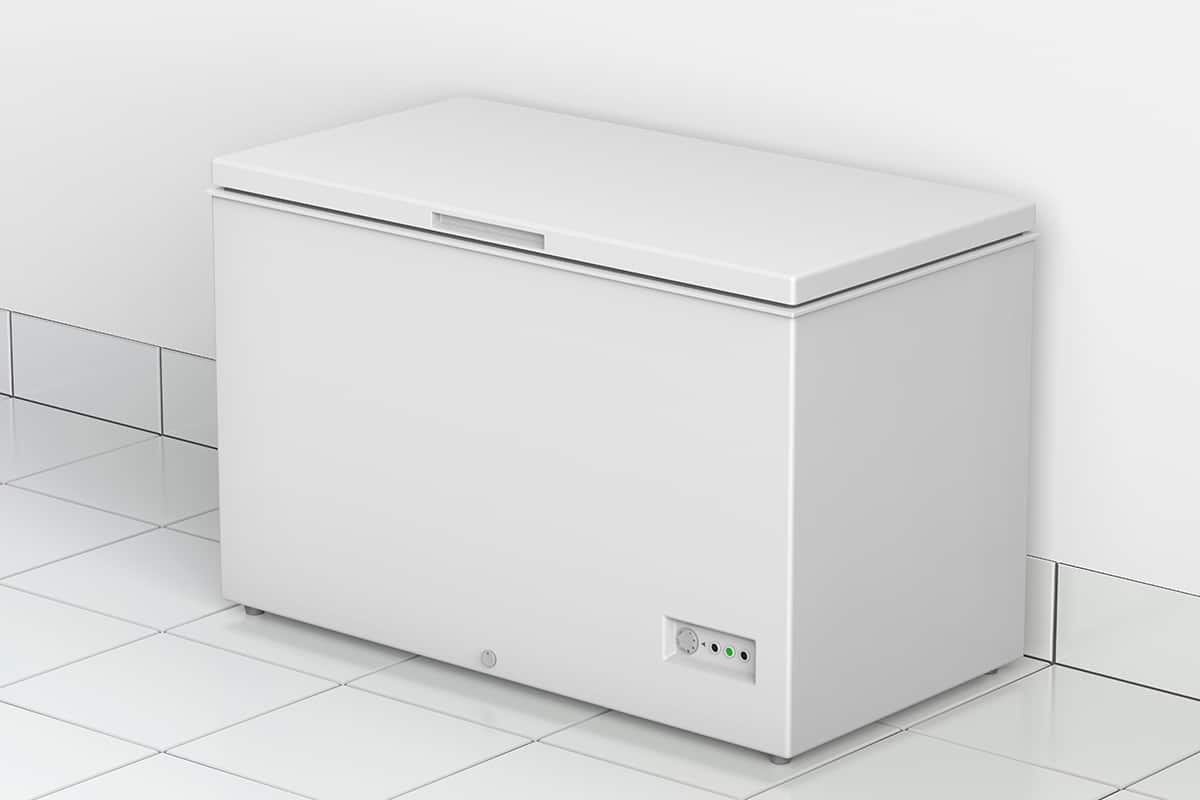
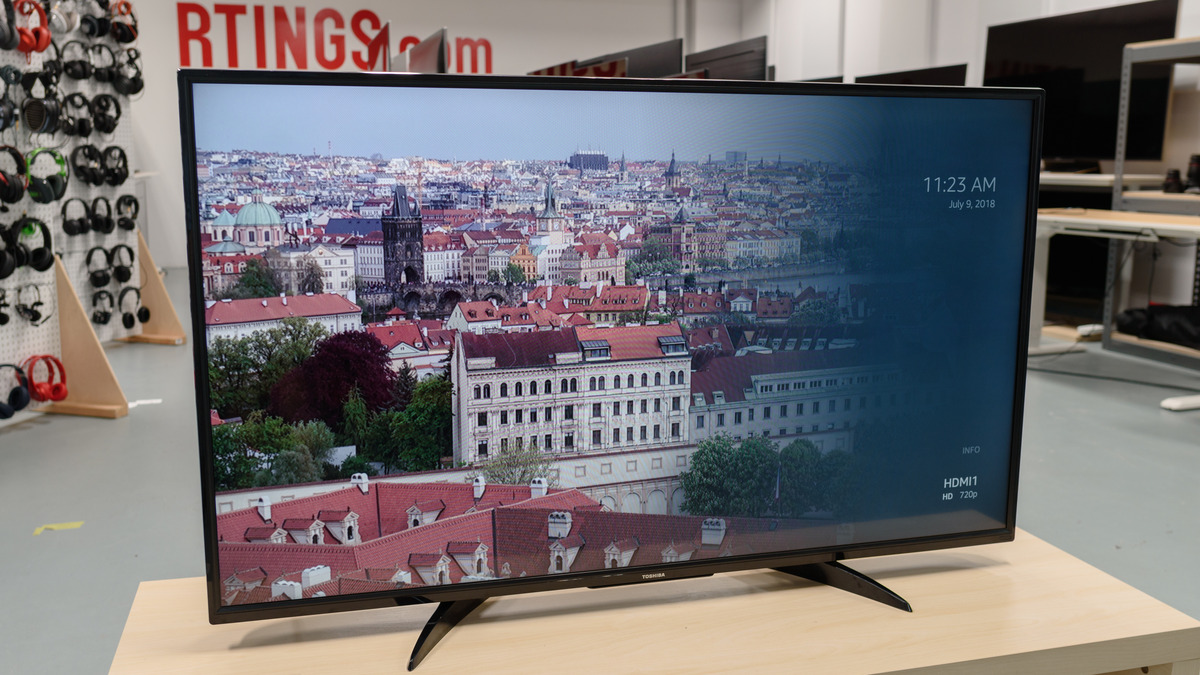
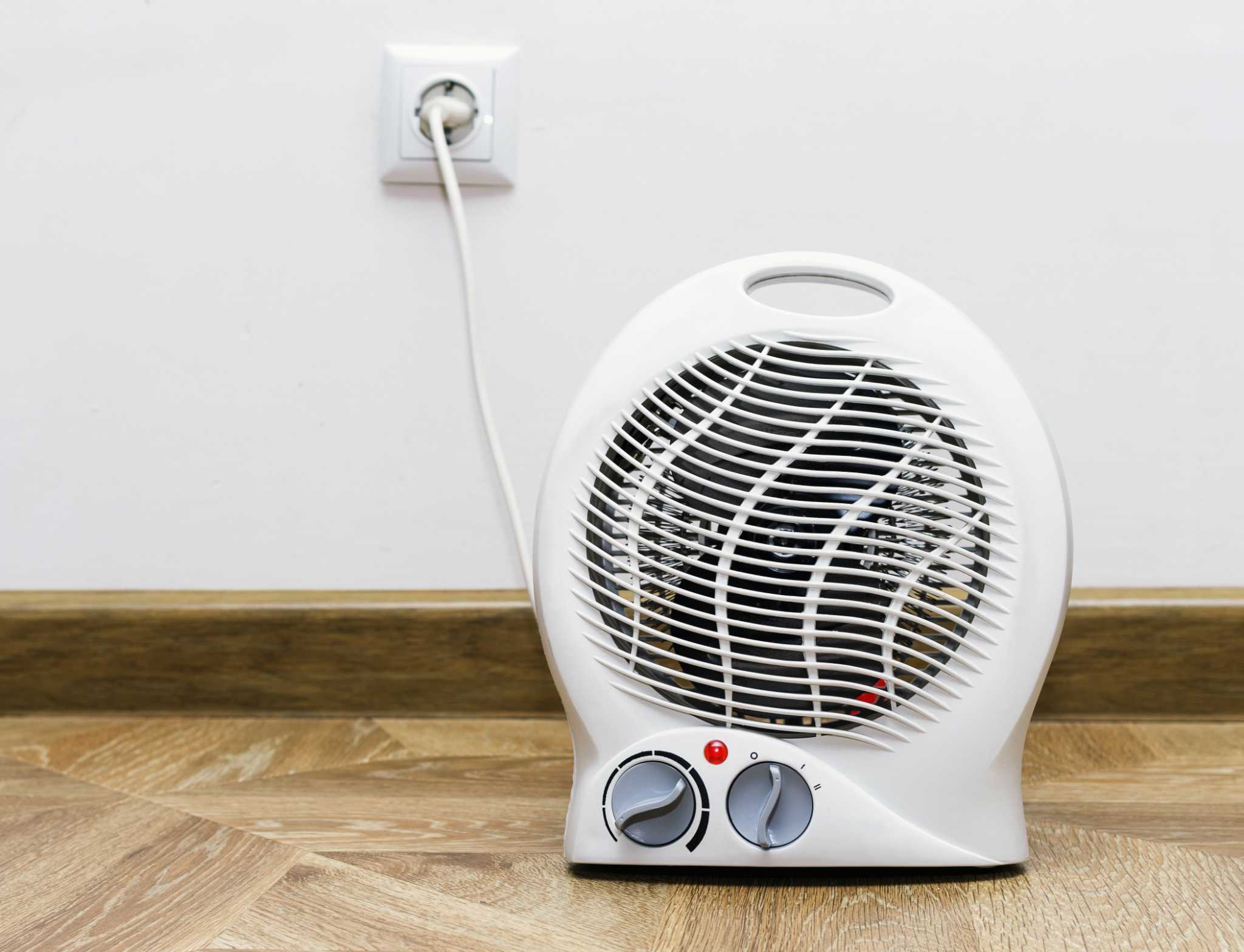
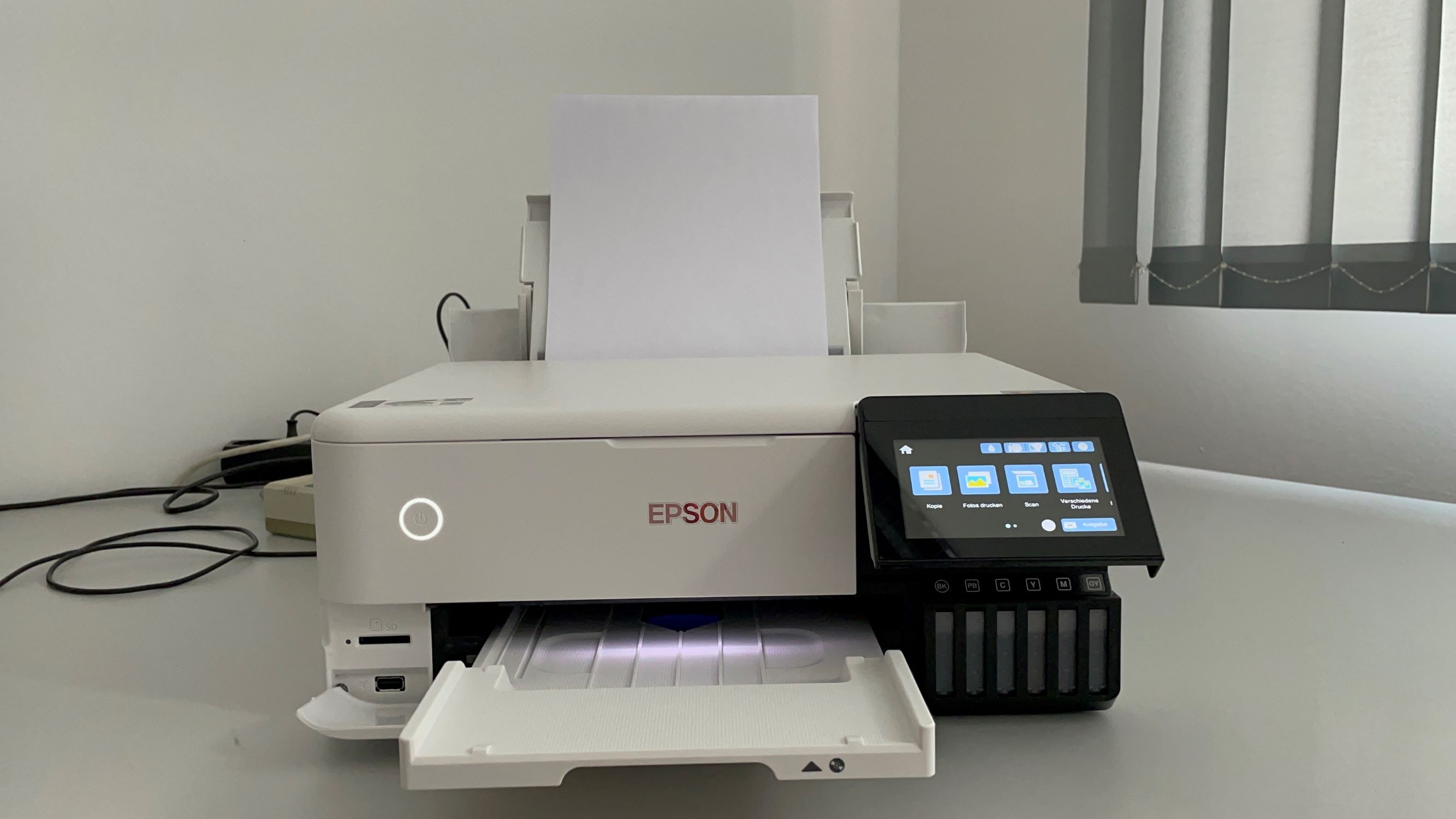
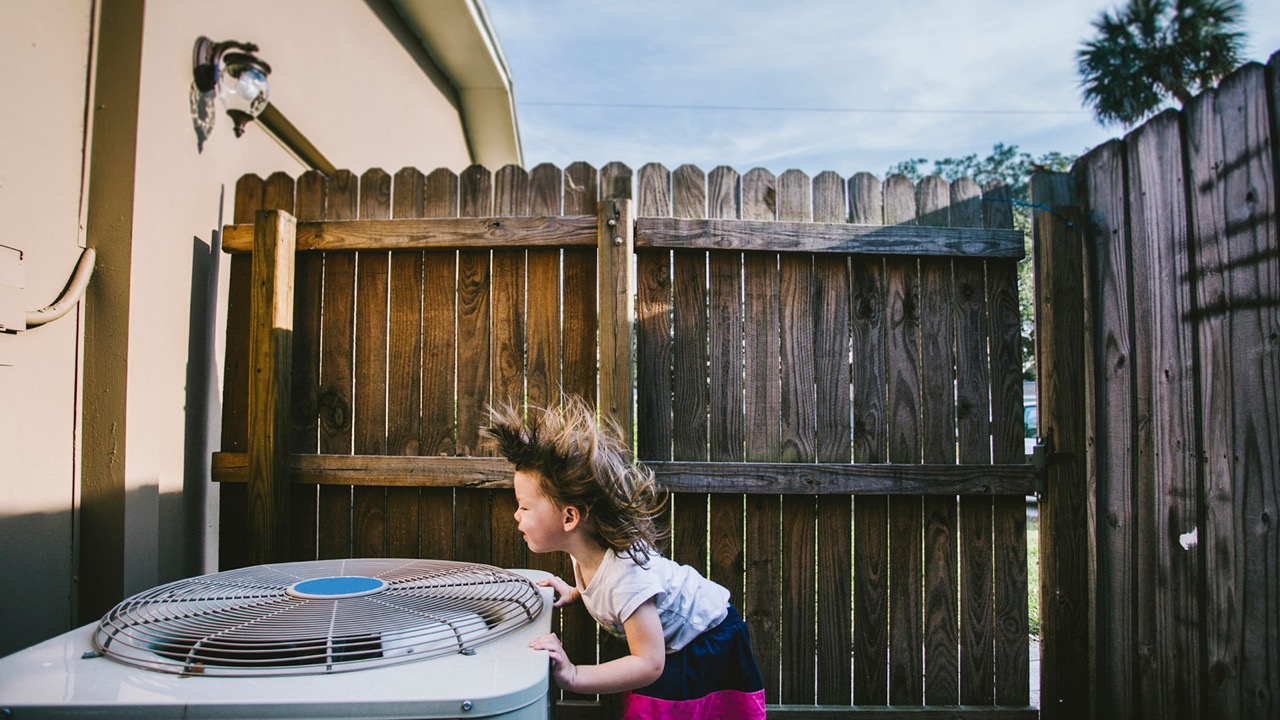
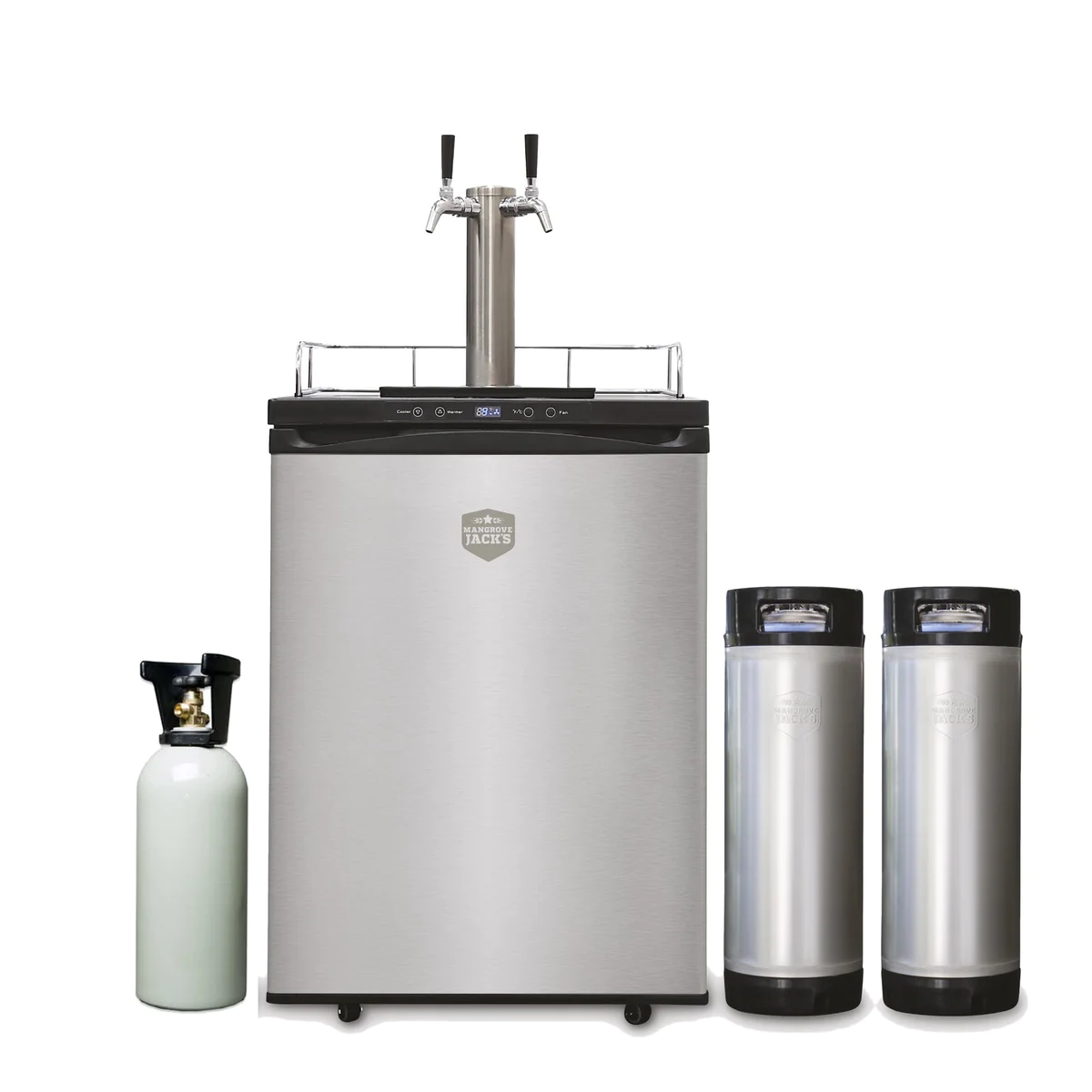
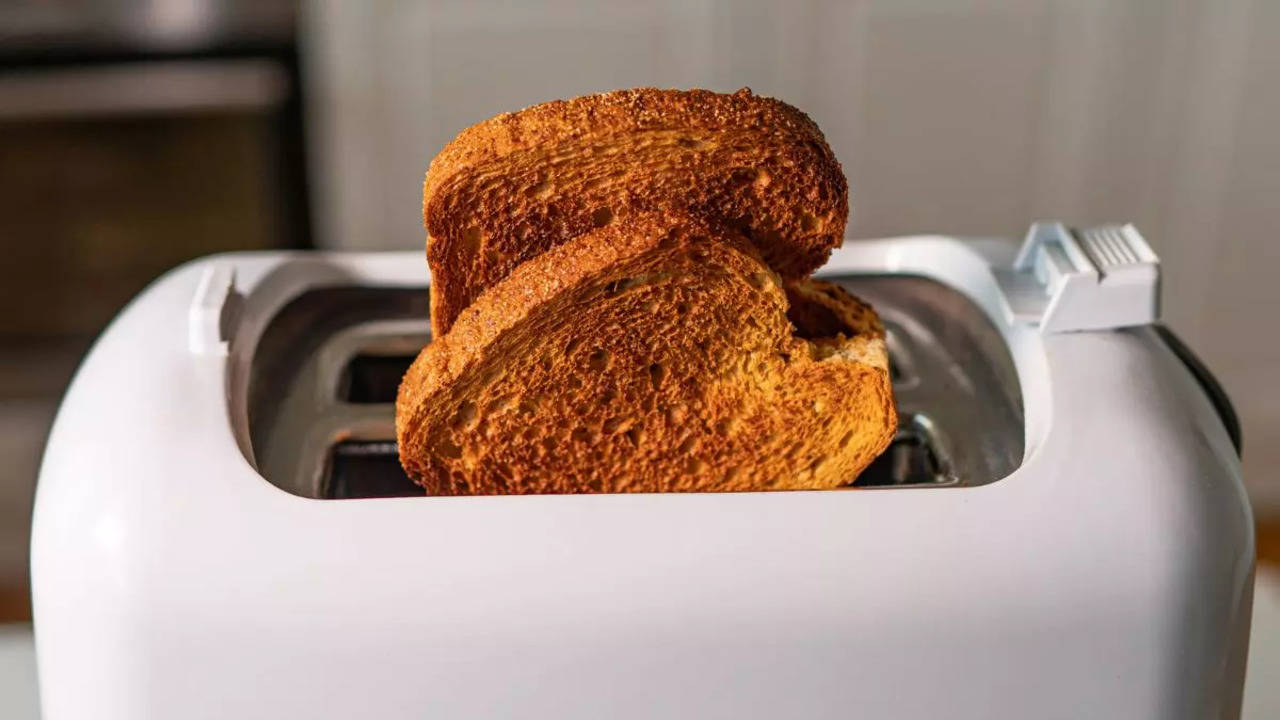
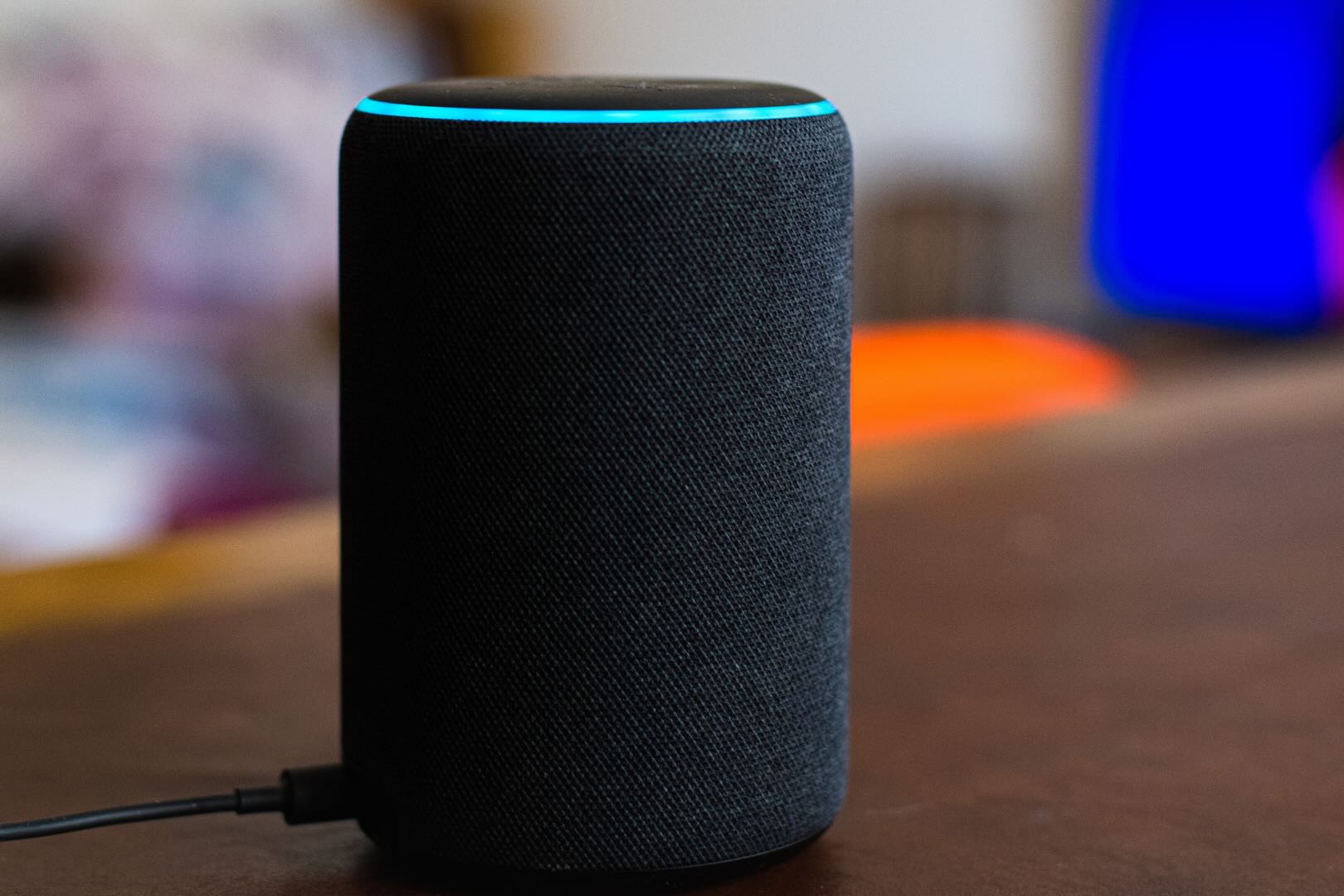
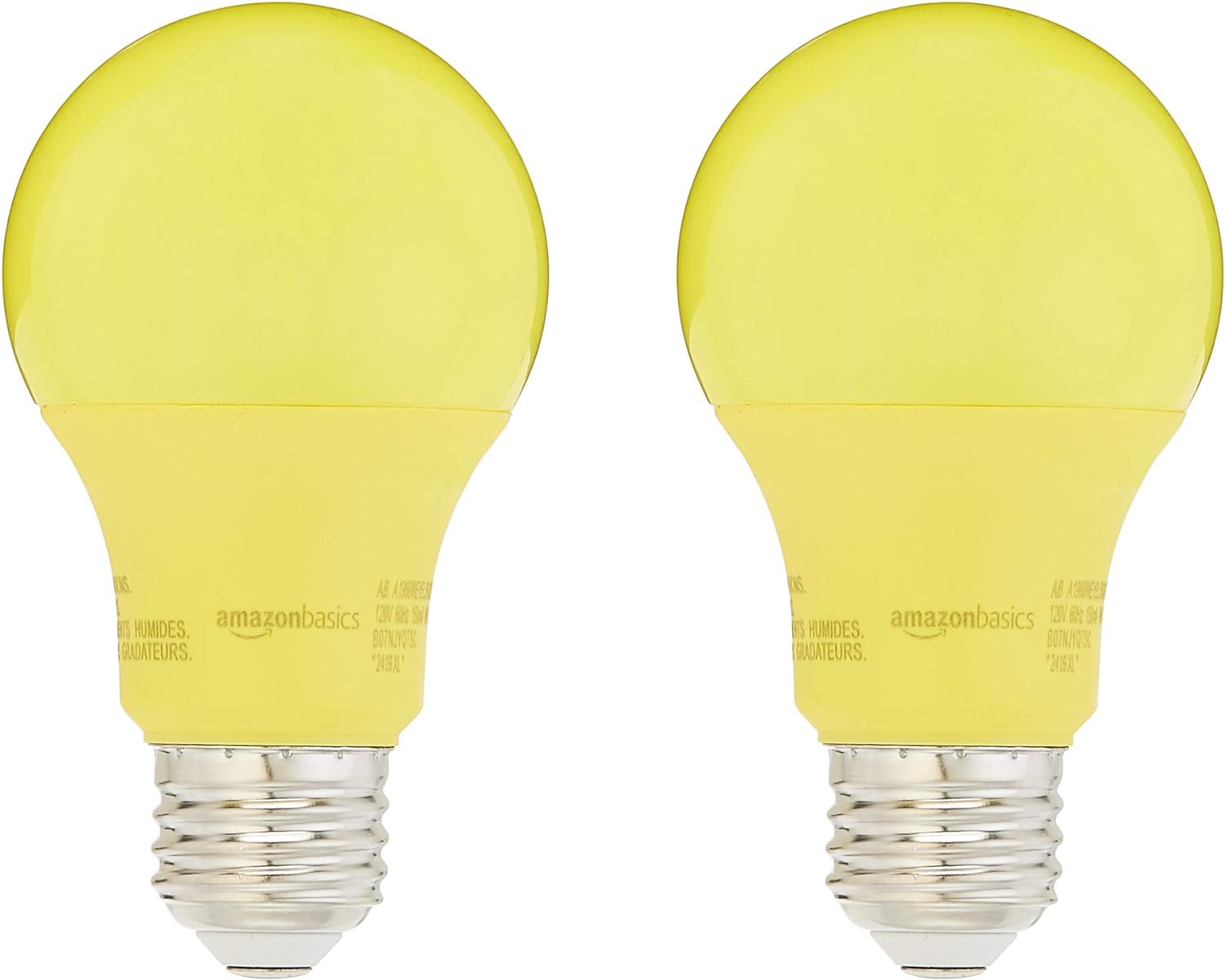

0 thoughts on “How Many Watts Does An Electric Skillet Use”